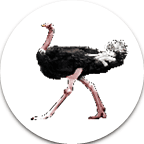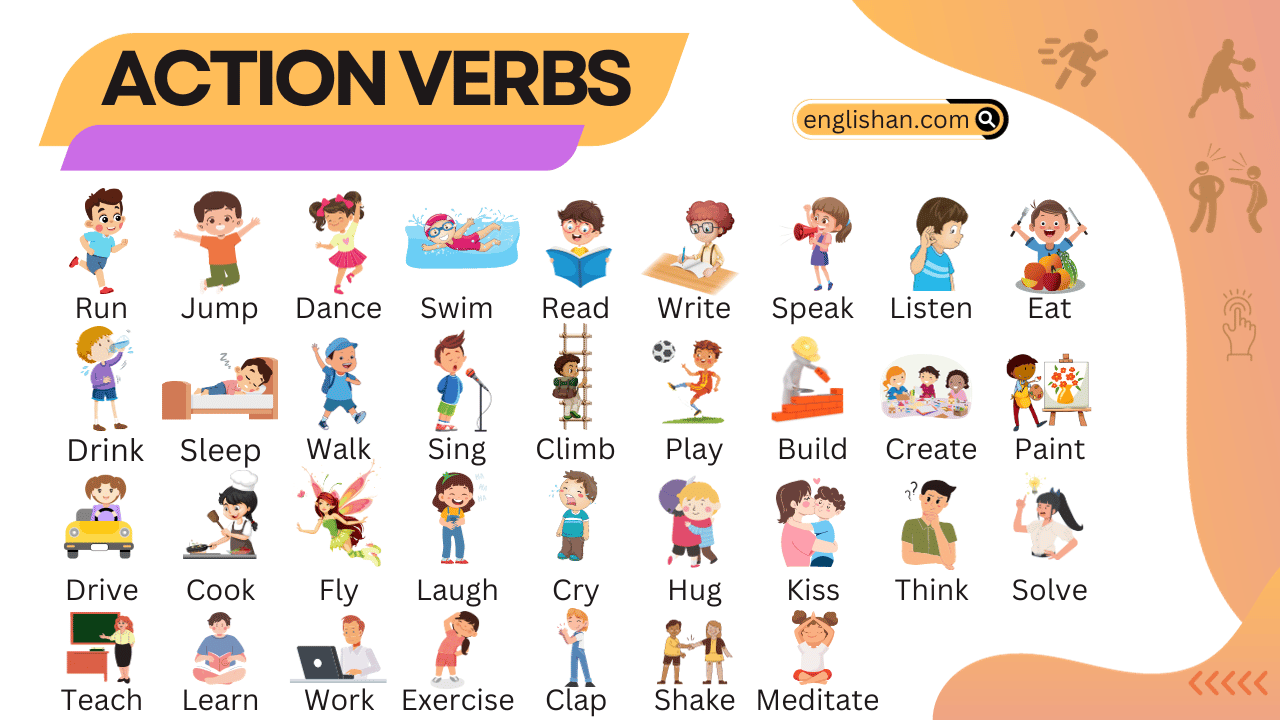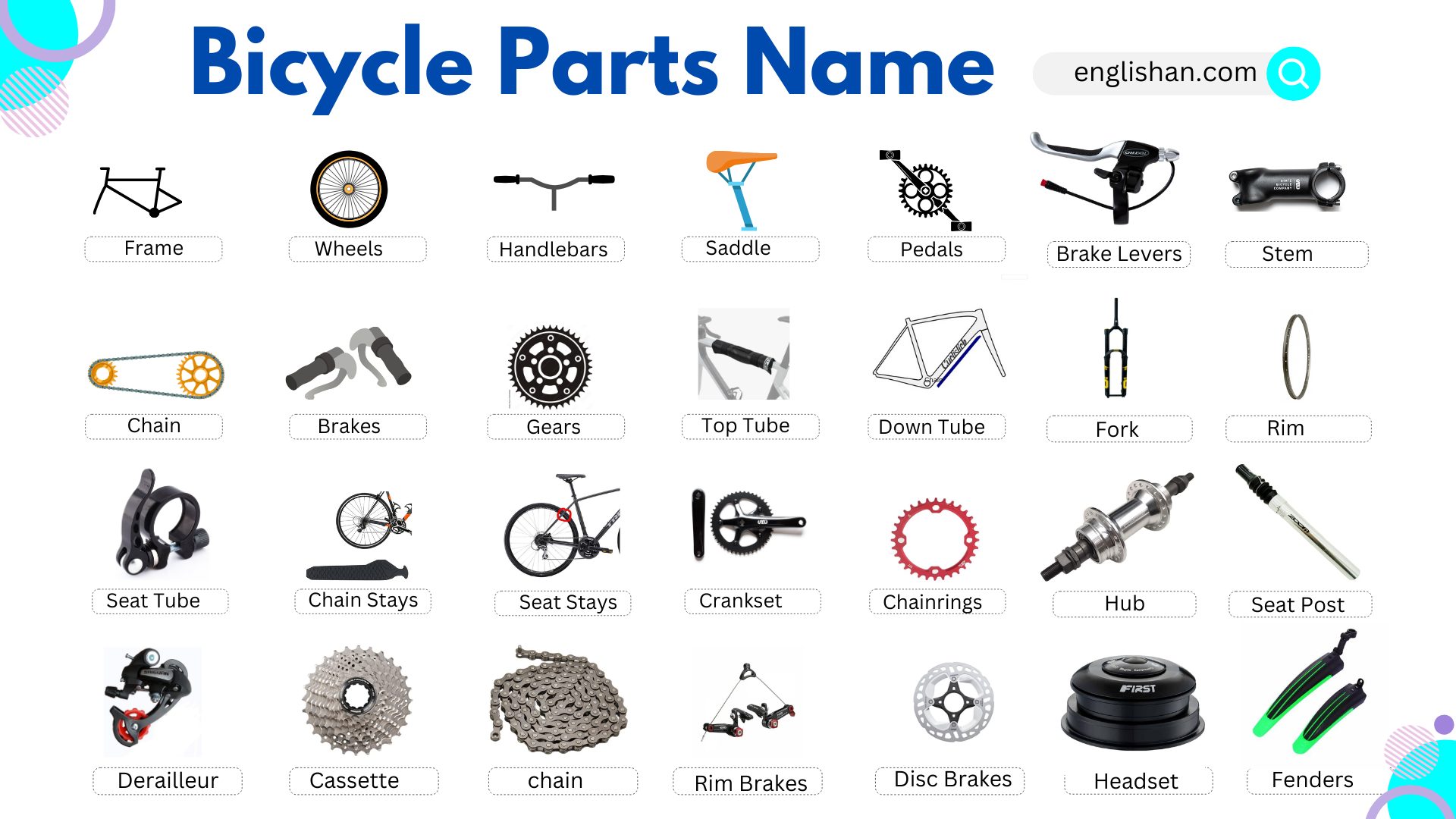Contents
In this blog post, we will learn the names of different birds in English. Knowing the names of birds can help you understand nature better and improve your English vocabulary. Birds come in many shapes and sizes, and each one has a unique name. Mastering these names will help you communicate clearly when talking about animals. If you want to expand your vocabulary in other areas, be sure to check out our vocabulary section for more topics: Vocabulary Category.
All Birds Names in English
Birds Names in English and Their Meanings
- Robin: A small bird known for its red breast. Symbolizes renewal and new beginnings.
- Eagle: A majestic bird of prey with strong symbolism of power, freedom, and vision.
- Sparrow: A small, social bird often associated with simplicity and community.
- Dove: A symbol of peace, love, and hope, often portrayed with an olive branch.
- Hummingbird: A tiny bird known for its rapid wing movement and vibrant colors. Symbolizes energy and joy.
- Owl: Often associated with wisdom and mystery due to its nocturnal nature.
- Peacock: Known for its beautiful, iridescent tail feathers. Symbolizes beauty, pride, and integrity.
- Flamingo: A tall wading bird with a distinctive pink hue. Symbolizes grace and elegance.
- Penguin: Flightless birds known for their social behavior and adaptability to harsh environments.
- Parrot: Colorful birds capable of mimicking human speech. Symbolizes communication and intelligence.
- Swan: Symbolizes purity, grace, and love. Often seen as a representation of beauty.
- Hawk: A bird of prey associated with focus, intuition, and keen observation.
- Albatross: Large seabirds often associated with endurance and long journeys.
- Raven: Often portrayed as a symbol of mystery and transformation in various cultures.
- Cardinal: Bright red birds known for their distinctive color. Symbolizes vitality and cheer.
- Cuckoo: Known for its distinctive call, symbolizing new opportunities and change.
- Kingfisher: A brightly colored bird often associated with calmness and patience.
- Woodpecker: Known for its drumming on trees, symbolizes determination and persistence.
- Magpie: Often seen as a symbol of good luck and intelligence.
- Eagle-Owl: A type of owl symbolizing wisdom, protection, and deep insight.
- Pigeon: A common urban bird, symbolizes simplicity, peace, and resilience.
- Seagull: Found near coastlines, symbolizes freedom and adaptability to different environments.
- Nightingale: Known for its melodious song, symbolizes beauty, inspiration, and creativity.
- Blue Jay: Recognized for its vibrant blue plumage, symbolizing communication and clarity.
- Blackbird: Often associated with mysticism and introspection due to its dark appearance.
- Pelican: Symbolizes self-sacrifice, nurturing, and protection.
- Kiwi: Flightless bird from New Zealand, represents uniqueness and mystery.
- Cormorant: Known for its fishing behavior, symbolizes resourcefulness and adaptability.
- Quail: Small bird associated with family values, protection, and community.
- Falcon: A fast-flying bird of prey, symbolizes speed, focus, and determination.
- Puffin: Known for its colorful beak, symbolizes charisma, individuality, and charm.
- Rooster: Often associated with wakefulness, courage, and announcement of dawn.
- Swift: Aerial bird with high-speed flight, symbolizes agility, movement, and freedom.
- Vulture: Carrion-eating bird, symbolizes purification, renewal, and resourcefulness.
- Wren: Small bird with a powerful song, symbolizes resourcefulness and activity.
- Crane: Symbolizes longevity, luck, and fidelity, often seen as a harbinger of good fortune.
- Toucan: Known for its colorful beak, symbolizes communication, intuition, and curiosity.
- Heron: Symbolizes patience, tranquility, and self-reflection, often depicted near water.
- Magpie: Folklore often associates it with luck and mischievousness.
- Bald Eagle: National symbol of the United States, symbolizes strength, courage, and freedom.
- Partridge: Symbolizes protection, unity, and contentment.
- Lark: Known for its cheerful song, symbolizes happiness, optimism, and new beginnings.
- Osprey: Bird of prey known for fishing abilities, symbolizes vision, adaptability, and focus.
- Rook: A member of the crow family, often associated with mystery and intelligence.
- Starling: Symbolizes diversity, adaptability, and the interconnectedness of life.
- Shoebill: Large bird known for its distinctive bill shape, symbolizes uniqueness and mystery.
- Guinea Fowl: Social birds, symbolize protection, vigilance, and group dynamics.
- Yellowhammer: Symbolizes creativity, expression, and the power of song.
- Kestrel: Small bird of prey, symbolizes patience, precision, and adaptability.
- Barn Owl: Nocturnal bird associated with intuition, wisdom, and insight.

Types of Birds Category-wise
Birds of Prey
- Eagle
- Hawk
- Falcon
- Owl
- Osprey
- Vulture
- Kestrel
- Harrier
- Merlin
Waterfowl
- Duck
- Swan
- Goose
- Pelican
- Flamingo
- Teal
- Mallard
- Wood Duck
- Merganser
Songbirds
- Sparrow
- Robin
- Finch
- Warbler
- Nightingale
- Lark
- Thrush
- Starling
- Blackbird
Ground Birds
- Quail
- Pheasant
- Turkey
- Grouse
- Partridge
- Guinea fowl
- Prairie chicken
- Peafowl
Wading Birds
- Heron
- Stork
- Crane
- Ibis
- Egret
- Sandpiper
- Coot
- Rail
- Kingfisher
Seabirds
- Albatross
- Seagull
- Puffin
- Penguin
- Tern
- Cormorant
- Petrel
- Shearwater
- Skua
Tropical Birds
- Parrot
- Toucan
- Macaw
- Hornbill
- Cockatoo
- Hummingbird
- Cacique
- Sunbird
- Manakin
Flightless Birds
- Ostrich
- Kiwi
- Emu
- Cassowary
- Rhea
- Penguin (some species)
- Kakapo
- Takahe
Nocturnal Birds
- Owl (many species like Barn Owl, Snowy Owl)
- Nightjar
- Whip-poor-will
- Nighthawk
- Kiwi (also flightless)
Shorebirds
- Plover
- Sandpiper
- Avocet
- Curlew
- Godwit
- Dunlin
- Oystercatcher
- Snipe
Woodpeckers and Allies
- Woodpecker (several species like Downy, Hairy, Red-bellied)
- Flicker
- Sapsucker
- Piculet
Swallow and Swifts
- Swallow (e.g., Barn Swallow, Tree Swallow)
- Swift (e.g., Common Swift, White-throated Swift)
- Martin (e.g., Purple Martin)
Birds of Paradise
- Greater Bird-of-paradise
- Lesser Bird-of-paradise
- Raggiana Bird-of-paradise
- King Bird-of-paradise
- Magnificent Riflebird
Pigeons and Doves
- Pigeon (e.g., Rock Pigeon, Victoria Crowned Pigeon)
- Dove (e.g., Mourning Dove, Diamond Dove)
- Pigeon (e.g., Passenger Pigeon)
Corvids
- Crow (e.g., American Crow, Carrion Crow)
- Raven (e.g., Common Raven)
- Jay (e.g., Blue Jay, Steller’s Jay)
- Magpie (e.g., Black-billed Magpie, European Magpie)
- Jackdaw (e.g., Western Jackdaw)
Names of Parts of Birds
- Beak (or Bill)
- Eye
- Head
- Neck
- Wing
- Tail
- Breast
- Belly
- Back
- Leg
- Foot
- Talon (claw)
- Feather
- Nostril
FAQs
Here is a list of 20 bird names:
1. Sparrow
2. Crow
3. Parrot
4. Peacock
5. Pigeon
6. Eagle
7. Owl
8. Penguin
9. Flamingo
10. Duck
11. Swan
12. Kingfisher
13. Woodpecker
14. Hummingbird
15. Robin
16. Ostrich
17. Seagull
18. Hawk
19. Toucan
20. Turkey
21. Canary
22. Dove
The Kuli bird is called the Koel in English. It’s known for its sweet, loud call, especially in the morning.
The Rajali bird is called the Indian Eagle or Indian Spotted Eagle (Clanga hastata) in English. It is a large bird of prey commonly found in South Asia.
The bird pigeon is simply called Pigeon in English. Its scientific name is Columba livia. Some people also refer to it as the Rock Dove.
Yes, a dove is a type of pigeon!
Pigeons are usually bigger.
Doves are usually smaller.
They both belong to the same bird family.
The smiling bird is the Kookaburra. Its unique call sounds like laughter, which is why people often associate it with “smiling” or happiness.
You May Also Like





























